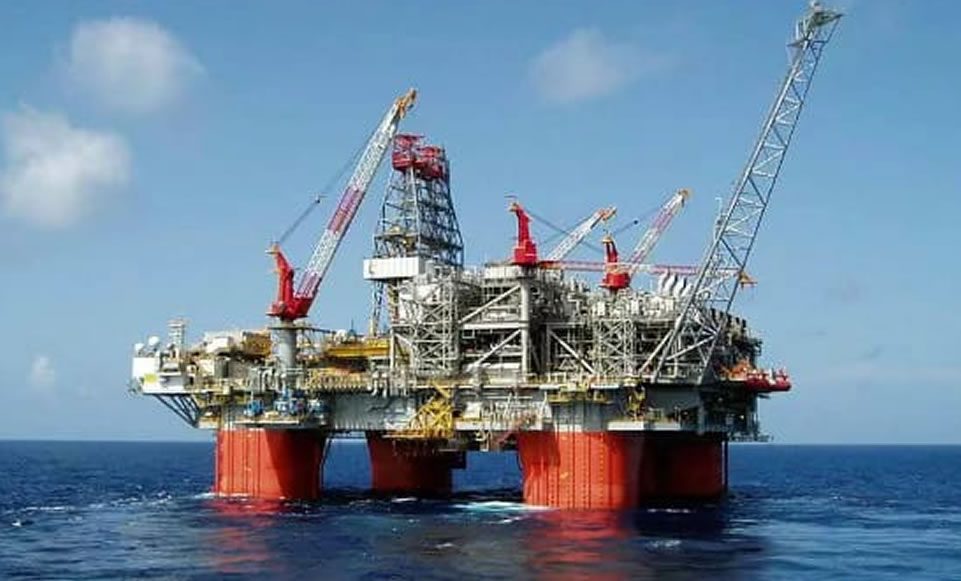There’s been ongoing community protests at Oil Mining Lease (OML) 30, Nigeria’s second largest onshore oil & gas asset, located in the Niger Delta about 35km east of Warri. Central to the unrest is the success story of a young technical services operator, Salvic Petroleum Resources Limited. Investigations reveal that SALVIC, a relatively young Nigerian company, had been acting as 3rd party operator of OML30 in the last one year on behalf the name-plate operator, a company called Heritage Energy Operational Services Ltd (HEOSL), and that SALVIC achieved obvious successes in the one year it took charge of the mining lease to the benefit of all stakeholders, that the communities are unhappy with the sudden move to replace SALVIC with foreign operators who do not understand the local environment nor the requisite stakeholder management.
OML 30, covering 1,095sqkm, comprising 11 fields, 9 flow stations, the Ughelli tank farm (UPS), the Trans Forcados Pipeline (TFP), and with reserves estimated at about 1 billion barrels of oil, OML30 is a critical source of oil revenues for the Federal Government, the Delta State, 110 host communities and other asset owners around the region. The communities point to SALVIC’s commendable performance OML30, taking production from zero to 75,000 barrels per day (bpd), rehabilitating the Forcados Pipeline in record time and sustaining an uptime of over 86 percent in the 12 months of operations between March 2017 to April 2018. Furthermore, SALVIC restored good relationships with the communities and recorded no major security or environmental issue during the same period. The Communities and their leadership therefore see no justification to terminate SALVIC.
SALVIC is a new breed exploration & production (E&P) company in Nigeria’s oil and gas industry. Company information indicates that SALVIC has strategically differentiated itself as an E&P company with a service orientation, focused on providing the full range of value chain E&P services as a non equity holder 3rd party operator to asset owners. Their strengths lie in execution excellence, cost control, operational efficiencies and optimising existing infrastructure to extract value, even from challenging and mature assets, to deliver superior value to stakeholders.
In 2017, OML30 presented an opportunity for SALVIC to prove its new approach and capabilities. Between March 2017 and April 2018, under a Technical Services Agreement (TSA) with the name-plate Operator of OML30, Heritage Energy Operational Services Limited (HEOSL), SALVIC embarked on handling all aspects of operations and crude oil production in OML30, including technical support services, security, operation & management (O&M), community relations & other stakeholder management, corporate social responsibility (CSR) and management of the 87 kilometre Trans Forcados Pipeline (TFP).
The company was given steep production targets with a penalty of $25million if the targets were missed. Considering the 15 months prior to March 2017 foregoing conditions of Zero production in OML30 and the TFP down throughout, it was a daunting challenge for any operator, let alone a young new company in a complex business arrangement.
Undaunted, SALVIC took on the challenge and turned around the fortunes of OML30 by ramping oil production from Zero to 75,000 bpd by end December 2017, drawingcommendations from industry experts, the communities and stakeholders, as well as the Federal Government and the Delta State government.
According to company sources, Salvic achieved the feat without drilling any new wells, but with a robust work programme of creative and innovative solutions that optimised production and unlocked value from old legacy infrastructure and equipment. These feats were instrumental in improving revenue generation for the Federal Government, the Delta State, all injectors into the Forcados Pipeline and other asset owners in the western Niger Delta. The sustained uptime on the trunk line also enhanced gas production into the domestic market for power generation by the continuous support of OML34 condensate evacuation.
Other verifiable successes that Salvic achieved in OML30 on behalf of HEOSL and the JV Partners include the rehabilitation of the TFP and sustaining 86 percent uptime; peaceful community relations & stakeholder management as it changed the practice of treating community workers as cash-based casual labour by converting them to full time permanent employees with full benefits. The operator alsorecorded no major health, safety, security & environment (HSSE) incident. Specifically, in February 2018, the company achieved a total of over 1.1 million loss time injury–free man-hours, which is a rare feat in view of the size of the OML30 asset and the operations.
“Undoubtedly, the SALVIC and OML30 success story is one of defying all the odds. By their achievements in OML30, the SALVIC Team has gained a name as Turn-Around experts in handling and extracting value from challenging and complex assets. Salvic met and exceeded targets that were near impossible and demonstrated that excellence does not come from the age of a company but from the resilience of innovative, intelligent people who are empowered and focused on results”, an industry expert said. The Salvic-OML30 project was led by Ikemefuna Okafor, CEO, Salvic; Ebenezer Ajayi, ED, Operations, Theophilus Ekiyor-Katimi –OML30 Asset Manager; Gabriel Oramasionwu CEO, Abbeycourt; Celine Loader Director, Corporate Affairs (incl. Government & Community Relations); Fufeyin Funkakpo, Manager, Government & Community Relations; Uchechi Nwankwo –GM, HSSE; Okey Ekeocha, Manager, Security; Maxwell Okoh, MD, Eraskorp

